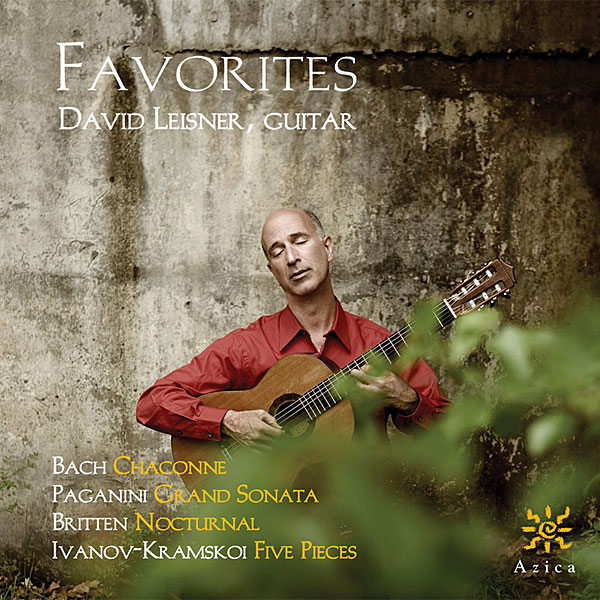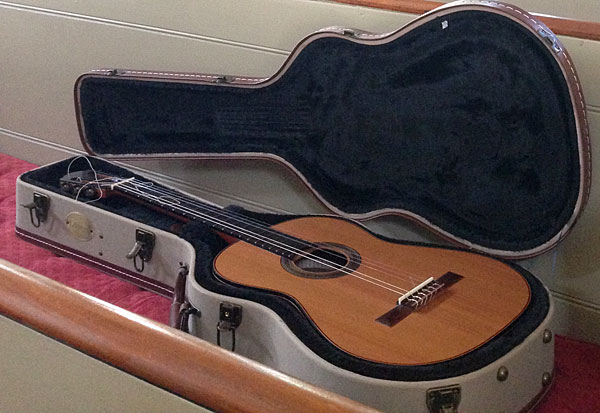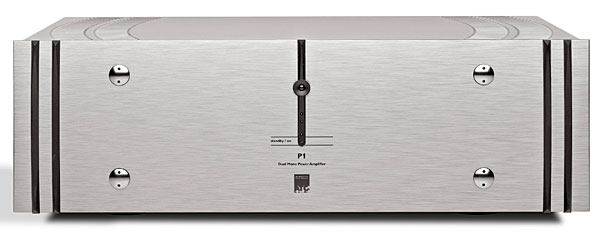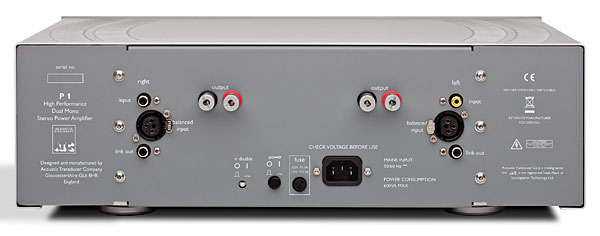| Columns Retired Columns & Blogs |
I have used the Alan Sides method of 2 large diaphragm cardioids 7-8" apart and panned hard left and right, about 1 foot from the guitar to get a large guitar sounds and with a 3rd mic (Rode M-1) putting the vocalist dead center. It is a very nice presentation. certainly much better than mono and mono.
Love your recording projects.










































